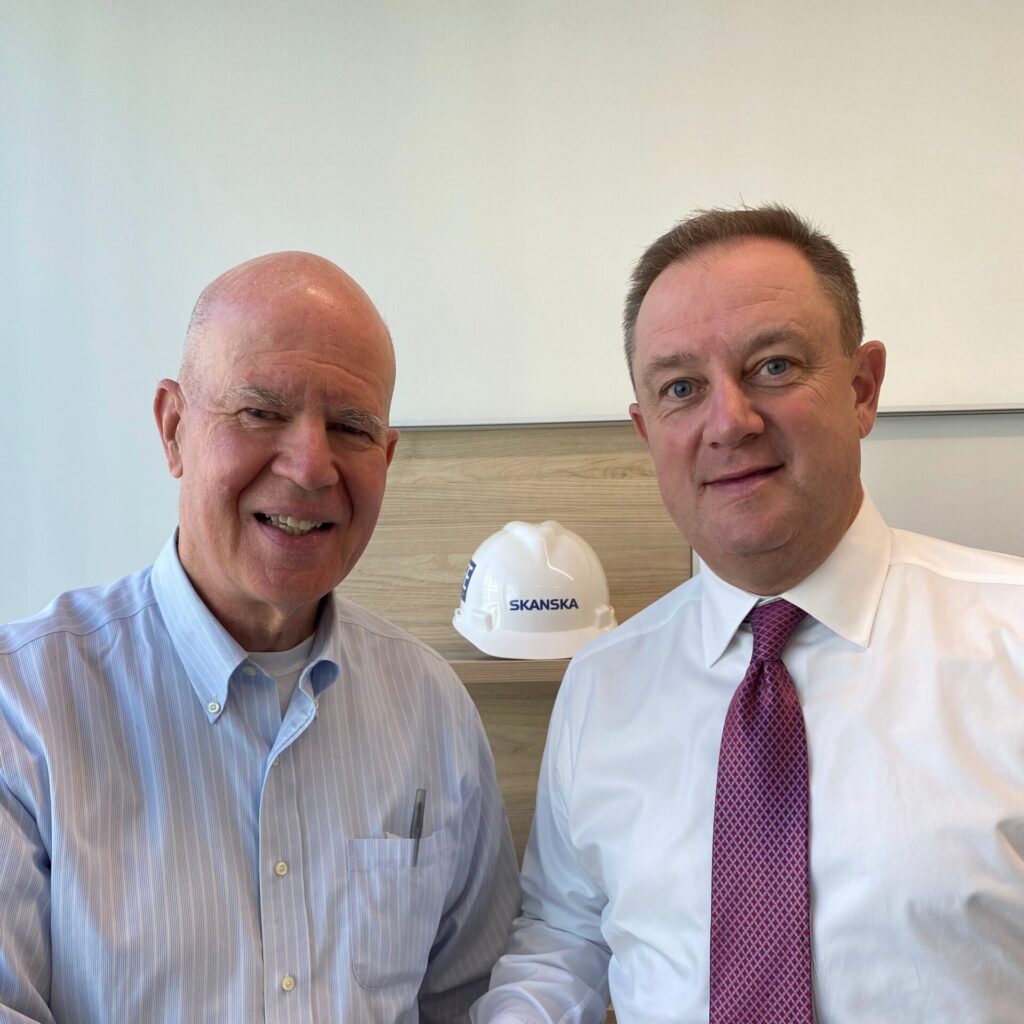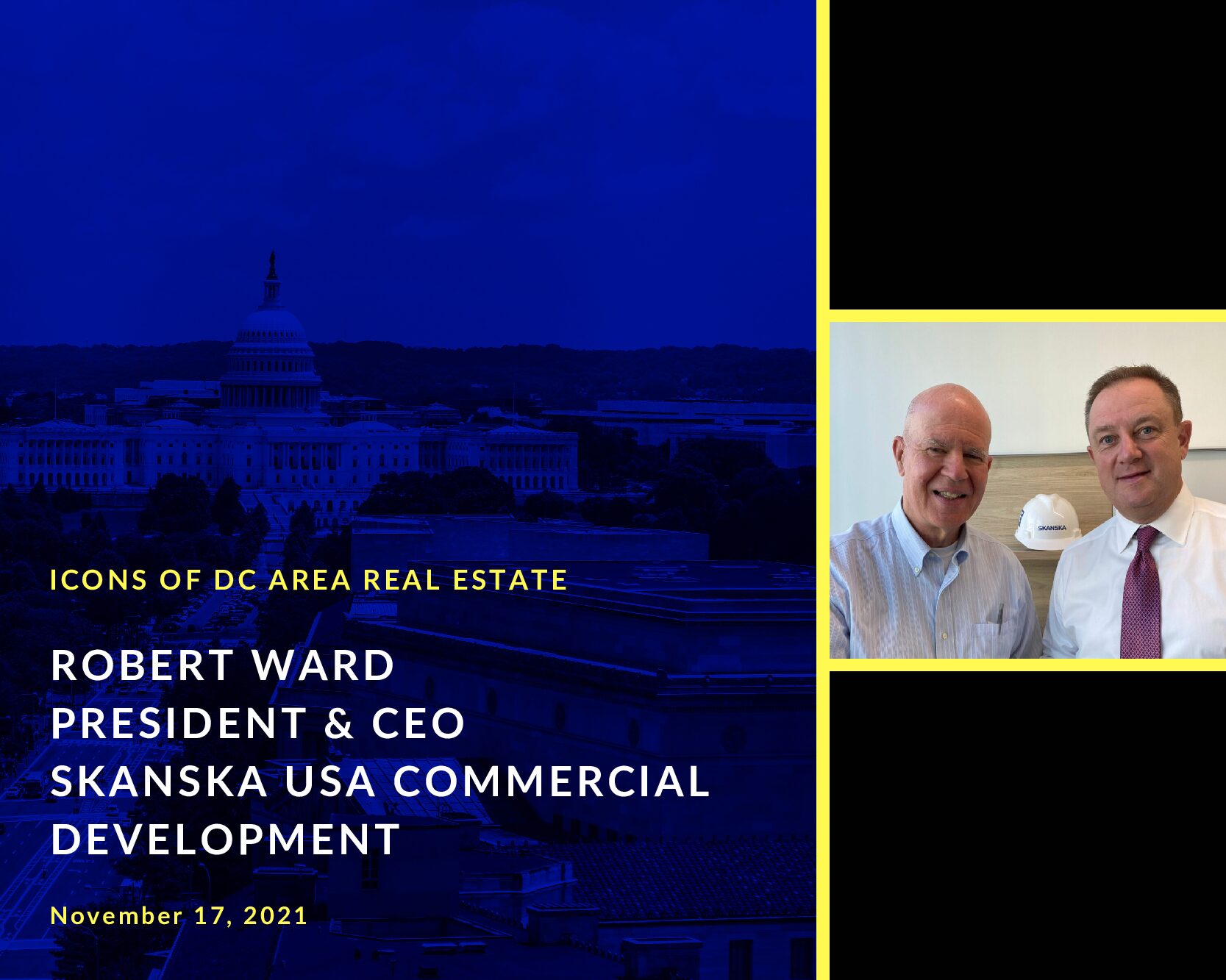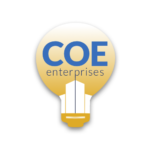

Bio
Robert Ward, President & CEO, Skanska USA Commercial Development
As President and CEO, Robert is responsible for setting strategic direction – with focus on growing Skanska’s development operations in its existing markets in Boston, Houston, Seattle, Washington D.C. and Los Angeles; improving operational effectiveness and efficiency; and evaluating new market expansion opportunities. Robert, with his leadership team, launched the company’s U.S. commercial development business in 2009. Since then, his team has developed headquarter offices for Brooks Sports, PwC (also known as PricewaterhouseCoopers) and Tommy Bahama.
Robert’s career in both the real estate development and construction industries spans over 20 years. Prior to becoming CEO, Robert served as Chief Operating Officer for Skanska USA Commercial Development. As COO, he drove several key components of the company’s development operations; which included evaluating all project investments, refining national leasing and customer strategy, exploring new market opportunities and managing the group’s professional service functions.
Since joining Skanska in 2002, Robert has managed more than $2 billion in projects in gateway cities across the country. Earlier in his tenure, he served as both the Executive Vice President of development operations in Washington, D.C. and the EVP of development operations in Houston. Under his leadership the group secured Bank of America as anchor tenant for the 754,000 square-foot office tower located in downtown Houston. While in DC, he was instrumental in the completion of the company’s first self-financed office development, 733 10th Street Northwest, which Skanska completed in 2011. And in 2019, he oversaw the launch of Skanska’s first commercial real estate development division in Los Angeles, CA.
Robert serves on the Board of Trustees of the Federal City Council and the Board of Directors of the First Tee of Washington, D.C. He is a member of the Economic Club of Washington, D.C., the Virginia Tech Program in Real Estate Emeriti Board, and has served as a member of the Board of Directors of Skanska Commercial Development Europe. Robert is a graduate of Virginia Polytechnic Institute and State University.
Show Notes
- Lead senior team at Skanska Development US. (4:15)
- Reports to Claes Larsson (5:00)
- Commercial development in Europe and the US (5:15)
Origins
- Grew up in a military family- Dad was an Air Force officer in intelligence (5:45)
- Traveled constantly as a child (6:10)
- Went to HS at Chantilly HS (7:30)
- Vocational wing- got RE license in HS (7:50)
- Late 1980s- Considerable activities (8:40)
- Shannon & Luchs (8:50)
- Went to Virginia Tech (9:30)
- Worked summers at Landsdowne Resort working for Benchmark Hospitality (10:55)
Career Trajectory
- Joined Benchmark after college to manage housekeeping and then night management (11:15)
- User experience influence (12:15)
- Learned quite a bit there (12:30)
- Met Pete Larson of GVS Advantis at the time and joined them as a market researcher (14:30)
- Acquired Morris/McNair (15:30)
- Worked also with Dek Potts and Jim Meisel there (15:50)
- Uploaded all CoStar data every month after Black’s Guide (16:45)
- Joined Clark Construction in Business Development after his former colleague backed out (18:15)
- Called Bill Calhoun and jumped into the opportunity (19:30)
- Ken Carlson, Brian Abt, Steve Strazella, Barry DePauw (20:00)
- Omni Construction and George Hyman Construction merged to be Clark Construction (20:30)
- Led business development efforts (21:30)
Skanska
- Skanska came into the US via acquisition of regional construction companies (23:14)
- Barclay White- Pennsylvania
- Beers- Atlanta
- Sordoni- New York
- Beacon Construction- Boston
- Etkin- Detroit
- Baugh- Seattle
- BFW- Texas
- Dave Miller came down from PA and started DC office and hired Rob (24:30)
- Initially business development
- Started learning all aspects of construction
- Built company up over time
- Asked to transfer to Atlanta and went there to manage the office (26:30)
- Largest buildings in Atlanta were part of their portfolio (27:30)
- “A Man in Full”- Tom Wolfe– Philosophy in Atlanta development was a bit “cowboy.” (28:00)
- College work (28:30)
- 3 yrs. in Atlanta (29:15)
Skanska Development
- Skanska wanted to start a development division in the US and asked Rob to join in Atlanta and he had a strong interest in getting into development (30:00)
- Swedish team came over to help build the business (33:00)
- Boston, DC and Houston with Seattle as a secondary market (33:20)
- Rob started running the DC office in 2008 (33:45)
- Timing was actually good because they were financially strong (35:10)
- Mark Johnson and Mark Carroll (35:40)
- Found first project from Monty Hoffman at 10th and G St. NW, which originally was to be condominiums and then was transitioned to office and went spec in 2009 and sold it to his management committee in a difficult market (35:45)
- Delivered the project 84% leased and sold it almost immediately (38:40)
- Merchant development- selling building upon completion and stabilization (39:20)
- European market had more pre-leasing and pre-sales (40:20)
- US market is not the same, so the hold needs to be longer (41:15)
- Sell a portion of building to “stay in” deal to manage and take advantage of the value appreciation (41:40)
- Create more efficiency in building construction which offered more value to tenants as far as space planning and layout (42:45)
- See projects through to make sure value is “carried through” (44:30)
- Partial sales are a way to finish vision and the reputation of Skanska’s developments in creating the place (45:00)
- Meeting with Thomas Henriksson, US CFO, said that all properties are financed internally (47:00)
- European perspective of long term vision for buildings, even though they might not hold them (49:30)
- Discipline and rigor starts with the people (51:00)
- Example of garage concrete treatments (52:00)
- MERV 13 filtration (53:40)
- CO2 Sensors (54:20)
- Skanska Development might be competitor of Skanska Construction business, however most of the construction company clients are not private developers…mostly governments, schools, and infrastructure (55:00)
- Now in residential development now in the US…in Europe it is a condominium/for sale market (58:00)
- Added residential projects, but high rise concrete structures only (59:20)
- Main difference is no leasing prior to construction, yet was just as liquid in the institutional market (1:00:00)
- Projects in Seattle and Boston (1:00:45)
- RESA project in NOMA in DC sold to Northwestern Mutual (1:01:00)
- Not doing condominiums here, as apartments line up with office buildings better here in the US (1:01:15)
- Adaptive reuse does not work for Skanska (1:03:40)
- Empire State Building- Skanska has done considerable internal construction activity (1:05:30)
- Skanska has unusual leverage on acquiring land where other developers cannot afford to invest (1:09:00)
- Has the opportunity to proceed when others cannot (1:10:00)
- Beginning to look at secondary markets and where the construction company is present either in business activity or an office (1:11:00)
- Asset management, but no property management…hire 3rd party managers. At 10th and G they brought in Lincoln Property Co. and Colonial Parking in to help design and operate the building (1:13:15)
- Important to set the process appropriately during construction for LEED standards and other high standards (1:15:15)
- Flexible office uses- Only one co-working deal with Regus nationally. (1:19:20)
- In Europe Skanska acquired a co-working company (1:20:15)
- Not ready to do it in the US yet (1:20:45)
- User experience is critical for Skanska (1:21:30)
- Convene– high end conferencing space (1:21:50)
- Spec Suites- 3-5 yr. leases with smaller tenants with 60 day delivery (1:23:00)
- 60% usage in portfolio (1:25:15)
- 25-30% usage currently in DC (1:25:30)
- Hospitality orientation- build experiences (1:25:50)
- Tenants need space for mentorship (1:26:15)
- Environment for entertainment or hospitality like feeling (1:27:15)
- Hybrid usage (1:28:40)
- Pandemic experience was good due to team’s commitment and communications (1:30:30)
- Evolved in technology (1:31:20)
- Design ideas (1:31:40)
- Employment
- Lost key high potential people for “different jobs” (1:33:30)
- “Continuous improvement” (1:34:40)
- Boklok (Manufactured Housing) (1:35:30)
- Don’t value ego (1:37:30)
- “Hire good athletes”- versatile (1:38:00)
- Rob’s potential- Only in Sweden or somewhere else in the world to stay at Skanska (1:38:45)
- ESG (1:40:15)
- Ingrained in corporate culture and values (1:40:30)
- Every day in his career this has been discussed in some way (1:41:00)
- Sustainability- “We build for a better society” (1:41:30)
- Supply Chain analysis (1:41:45)
- Sanctions check on all transactions- make sure there are issues with any counter-parties (1:42:00)
- Always been top of mind and now the rest of the industry is catching up with their thinking (1:42:45)
- Funds want to go toward certain standards of health and wellness and environmental standards (1:43:00)
- Pension funds have ESG guidelines (1:43:50)
- Diversity and Inclusion again has always been prominent (1:45:00)
- Differentiating buildings on carbon footprint measurement (1:46:20)
- EC3 Tool– Embodied Carbon measurement- look at the core elements of construction- concrete, steel, finishes and other systems (1:46:50)
- Chilled Beam HVAC– Less energy used to chill the water in the system (1:48:00)
- Boston market more popular
- In DC it is less common
- Considerable savings
- Central utilities in Houston- looking at bringing it to other markets (1:51:00)
- Run new technologies through the tests and would spend a bit more to be efficient long term (1:52:00)
- Filter for opportunities (1:53:10)
- A+ sites (1:53:20)
- NOMA became a qualifying location in DC (1:53:30)
- A place to “do something special” (1:54:00)
- Considerable homework (1:54:20)
- Typically looking at one off project locations, yet now thinking about phased projects (1:55:00)
- Example of a building in Beverly Hills, CA that is boutique (1:55:50)
- Mitigating risk
- Hiring the team (1:57:00)
- RFC with architects- Request for Conversation (1:57:15)
- Will pay architects upfront to get their focus on innovative ideas and savings (1:57:30)
- Builders at the table upfront as part of Skanska (1:58:15)
- Diligent on the market potential (1:59:00)
Personal
- Good balance of work and home (1:59:30)
- Skanska wants people to take time off (1:59:50)
- Working on taking time off (2:00:50)
- Charitable work (2:01:00)
- Yellow Ribbon Fund
- First Tee– life skills through golf learnings
- Advice- Take More Time Off (2:02:00)
- Invest more personally
- Billboard question
- “Put down your phone and think”- Not enough critical thought about questioning validity (2:02:40)
Postscript
- Colin Madden- Hit top topics in CRE (2:04:50)
- Unique financing structure (2:05:15)
- Self finance projects
- European “long” perspective
- Don’t hold “long”- look for merchant sales typically
- Recently keep 10% interest after selling buildings
- In the trenches on ESG
- Boklok (IKEA venture)
- Great potential if they were to come to the US
- Potential “endowment effect”
- Careful in avoiding competing with construction clients
- Quality will bring tenants
- ESG components required now, yet Skanska has been there for decades
- Clark’s co-investment strategy

